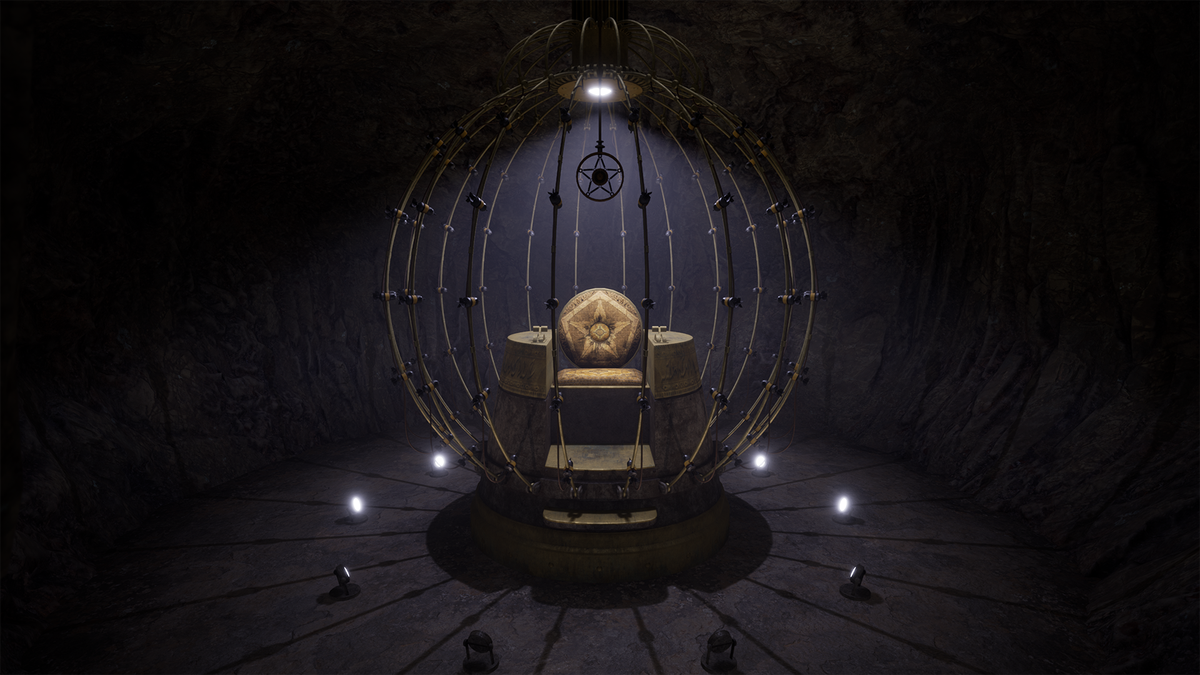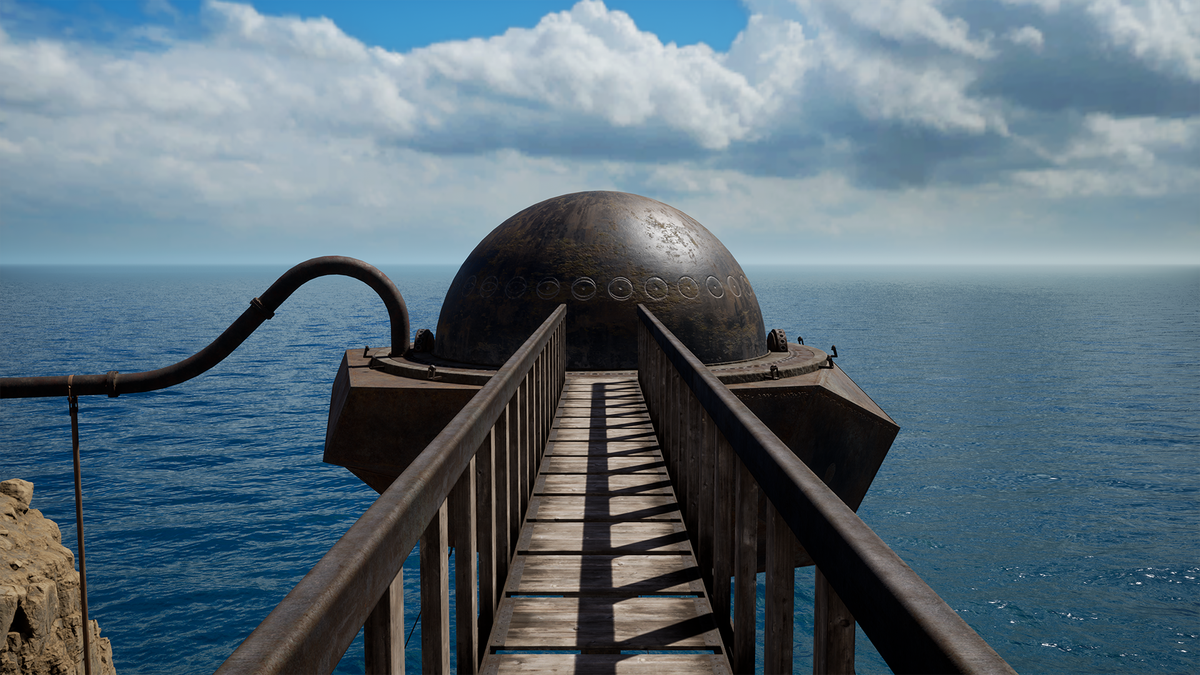The Riven remake transforms a difficult classic into a modern masterpiece
In the early 1990s the makers of Myst had a problem with their testers. Players wandered around the original island, poking the rocket ship, turning the levers on the stages up and down, and watching as none of it did anything. The amount of puzzles was overwhelming, the solutions inaccessible. They would get bored and then frustrated, and then too many of them would give up.
The solution was to add a hologram near the starting point of the game with a recorded message from Mysteryleading figure, Atrus. And if players missed that room, there was a piece of paper – a piece of paper, loose on the ground – with a note on it that told players — with, like, words! – to go check that room.
Today this would be solved by making the message space clearer. Or by starting with the player confronted the door, or by placing the room in a privileged position. In the genre of puzzle games where you explore a series of crazy little rooms, environmental storytelling is king. Except for the phrase “ecological stories” would not be conceived until years after the release of Myst and the expectation-shattering sequel, Riven.
Unpacking the legacy of these two games would require another article in itself, but suffice it to say that the genre that developer Cyan Worlds put on the map has undergone significant development in the thirty years since. Myst And Riven were released for the first time. That’s exactly why playing this week’s 3D remake is so fascinating Clovenin which Rand Miller and the rest of the folks at Cyan return to a masterpiece with three decades of environmental puzzle games behind them.
Image: Cyan worlds via polygon
Riven (2024) is a compelling work of conservation. The game’s earliest life began as the Starry Expanse Project, a fan-run effort to faithfully convert the three hours of video and nearly 5,000 images that comprise the original. Riven in a traversable 3D environment. The end result, after Cyan officially takes over the project’s assets and even hires some employees, is, in a word, stunning.
RivenAfter all, it’s a game of stone, metal and wood, textures that the Unreal Engine can simulate with your eyes closed, and there are vistas in the remake that, as long as you don’t change your perspective, you can almost convince yourself that they are photographs. The other good news for the pleasure centers of fans’ brains is that the original game’s sound design is intact. The meaty thump-griiiiiiiiiiiiiiiiiiiiind-LATCH of Temple Island’s spinning chamber, the sharp screech of metal as a maglev car spins, the bone-vibrating thump of a spinning fire marble – everything is exactly as you remember them.
Also known: the loading screens take forever. But for a game that originally asked you to insert one of five different CD-ROMs every time you went from one island to another – an important, frequent and intended part of the gameplay – as you navigated through a softly disguised loading screen sat, however long, is a palpable progress.
Other parts will not are familiar with.
Some solutions that remained the same from playthrough to playthrough in the original are now randomized for each save, so bold players can’t just look up the answers. The full-motion video actors have been out of necessity replaced by animated figures, synchronized with both the original and re-recorded dialogue. Those 30-year-old recordings simply don’t scale up to modern screens.

Image: Cyan worlds

Image: Cyan worlds
The transition from static images without the need for consistency of Euclidean space to a full 3D environment has had numerous effects. Some rooms are no longer where they were; some modes of travel simply didn’t work in 3D space. But some changes seem to have been fully thought out by the developers – and well chosen.
The Riven remake gently closes off parts of the game that were originally fully accessible to a new player, but unsolvable until much later in the game, to avoid exactly the kind of overwhelming frustration that early Myst playtesters experience. Two of the game’s most complex puzzles have also been completely reworked in ways that simply weren’t technologically possible in 1997.
These aren’t small changes, and I expect some of them will resonate with the nostalgia of longtime fans. But on the other side, RivenThe most difficult, boring and time-consuming puzzle has been transformed here into something visually stunning and engaging to manipulate.
If you have a Riven fan, you just have to play this version. If you’ve never played before Riven, there is no better opportunity. Escaping to another world is not just the outward promise of the Myst games, but the very premise Cloven‘s update brings these two things closer than ever before.
Riven was released on June 25 on Meta Quest VR and Windows PC. The game was reviewed on PC using a pre-release download code from Cyan Worlds, Inc. Vox Media has affiliate partnerships. These do not influence editorial content, although Vox Media may earn commissions on products purchased through affiliate links. You can find Additional information about Polygon’s ethics policy can be found here.
